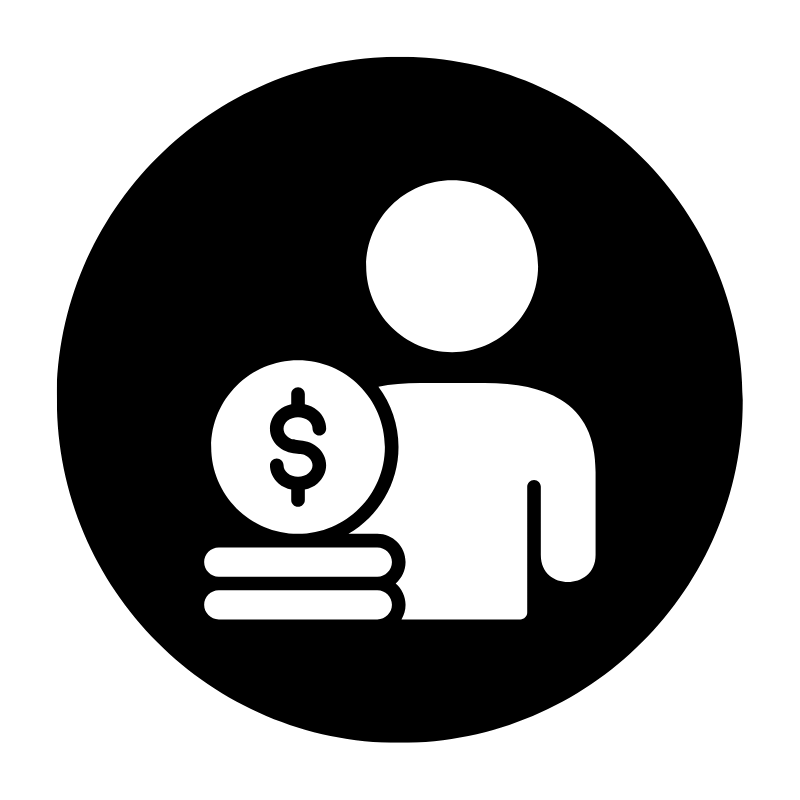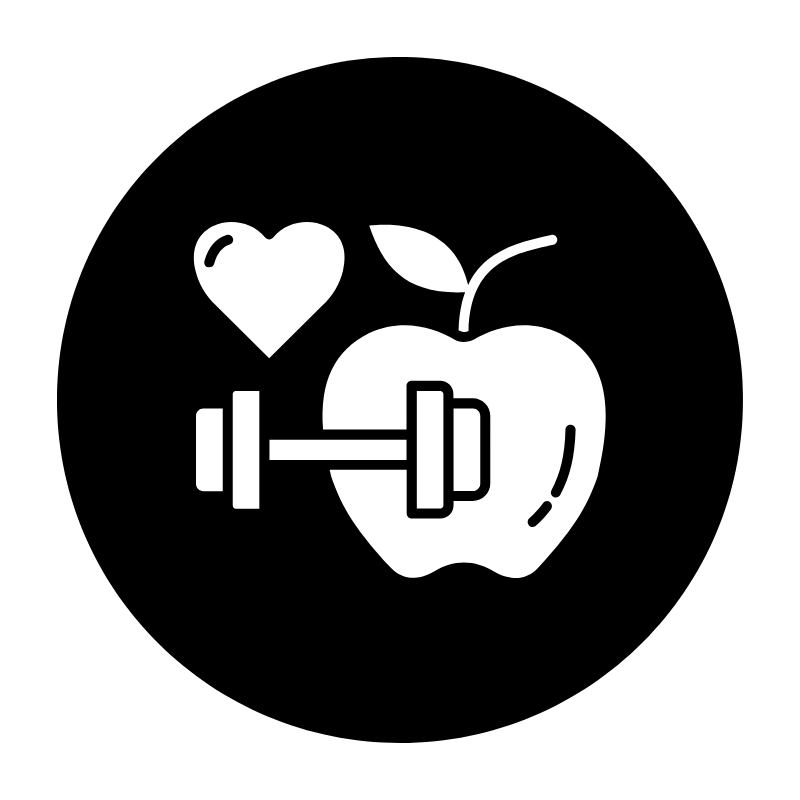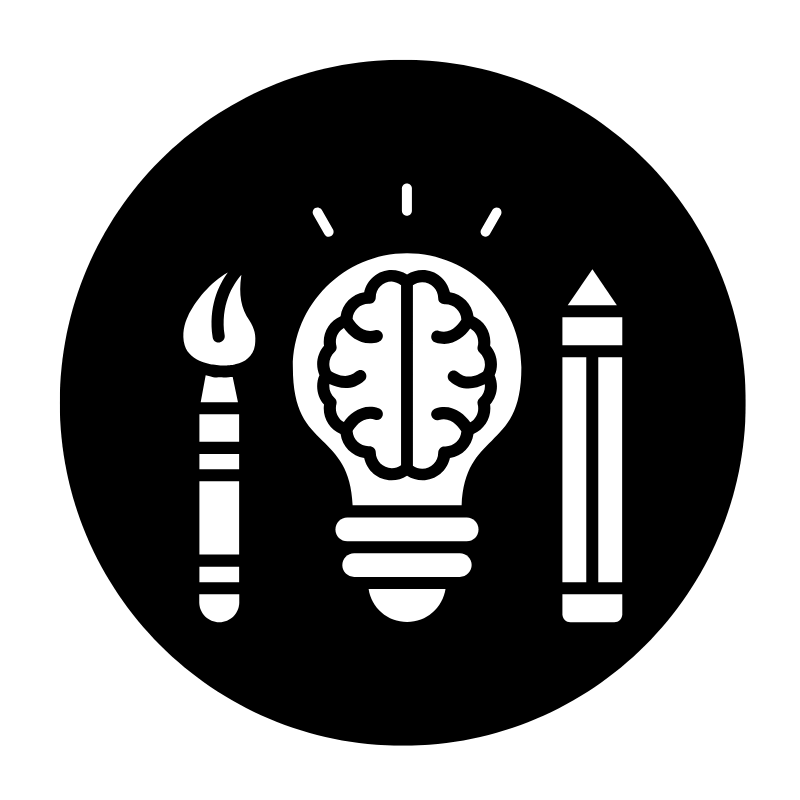11 Tips for Boosting Creativity: Grow as an Artist or Creative

Disclaimer
Some links may earn us a small commission at no extra cost to you.
Click here to read our full affiliate disclosure.

Disclaimer
We believe in complete transparency with our audience.
Some links may earn us a small commission at no extra cost to you.
Please know that we only recommend products/services we have personally used, thoroughly researched, and genuinely believe can benefit our audience.
We are immensely grateful for every click and purchase you make through these links. Thank you for being a part of our community and for your continued support!
Click here to read our full affiliate disclosure.
As an artist or creative, you understand that inspiration is the lifeblood of your work. It stimulates your imagination, ignites your passion, and brings your artistic endeavours to life.
But what do you do when inspiration eludes you and you're stuck in a difficult creative rut?
Creativity is a skill that can actually be learned and honed. In this blog post, we’ll explore how to grow as an artist or creative, with 11 tips for boosting creativity.
Why Boosting Creativity Can Help You Grow as an Artist

When you actively strive to improve your creativity, you open the door to new possibilities and ideas. Exploration and experimentation lead to novel techniques and fascinating artistic expressions.
Beyond art, improving your creativity can have a positive impact on other aspects of your life. It develops problem-solving skills, promotes adaptability, and encourages personal growth.
Your creative mindset becomes a source of resourcefulness and ingenuity, allowing you to produce unique solutions and confidently embrace change.
That’s why, in this blog post, we’ll explore these 11 Tips for boosting creativity:
Embrace Curiosity.
Create an Inspiring Environment.
Cultivate a Creative Mindset.
Engage in Regular Brainstorming Sessions.
Seek Inspiration from Diverse Sources.
Incorporate Mindfulness and Meditation.
Establish a Creative Routine.
Embrace Failure and Learn from Mistakes.
Take Breaks and Practice Self-Care.
Embrace Artistic Challenges and Experimentation.
Cultivate a Supportive Creative Community.
How to Grow as an Artist:

Here are the tips to follow.
1. Embrace Curiosity
Curiosity is the driving force behind creative thinking. It encourages you to be open to new concepts and possibilities, and through it, you may find yourself posing provocative questions and challenging the status quo.
By embracing curiosity and cultivating a spirit of exploration, you broaden your artistic boundaries and encourage new inspiration.
Dive into uncharted waters and experiment with diverse techniques, mediums, and genres. Keep your sense of wonder alive and be open to discoveries.
For instance, a painter may experiment with collage techniques or a writer may explore writing in a different genre.
Check out "Big Magic: Creative Living Beyond Fear" by Elizabeth Gilbert. This book encourages readers to embrace curiosity and fearlessly pursue their creative passions.
2. Create an Inspiring Environment
Your surroundings have a significant impact on your creative process. Create a space that inspires and energises you.
Surround yourself with items, colours, and artwork that reflect your artistic vision. Improve the comfort and functionality of your workspace by making access to your tools and resources simple.
Consider including organic elements such as plants or natural light to increase your creative environment. The correct surroundings may stimulate your senses and create an atmosphere that fosters creativity.

3. Cultivate a Creative Mindset
Having a creative mindset is a prerequisite for realising your artistic potential. Accept the concept that creativity is a journey of self-discovery and continuous improvement.
Develop a mindset that values experimentation and views failures as useful learning opportunities.
Adopt a positive attitude toward the creative process and concentrate on the pleasure of creation rather than the end result.
Practice mindfulness and self-reflection to build an open perspective to new ideas and inspiration.
Check out "The Artist's Way" by Julia Cameron. This book provides a 12-week program to unblock creativity and develop a nurturing creative mindset.
4. Engage in Regular Brainstorming Sessions
Brainstorming is an effective method for generating fresh concepts and broadening your creative thinking. Set aside routine times for brainstorming sessions.
Create an environment that promotes free-flowing, non-judgmental thinking. To collect and organise your ideas, use mind-mapping techniques, sticky notes, or digital tools.
Embrace the quantity-over-quality approach during brainstorming to explore a wide range of possibilities. Be willing to combine seemingly unconnected concepts in order to generate fresh and distinctive insights.
Check out Miro, an awesome online whiteboard platform that enables real-time collaboration and idea sharing.

5. Seek Inspiration from Diverse Sources
Inspiration can strike you in the most unexpected places. Seek inspiration from a wide range of sources to extend your creative horizons.
Immerse yourself in various art forms, study foreign cultures, and engage in a broad spectrum of activities.
Visit art galleries, go to plays, read books, listen to music, or go on nature walks. Be open to embracing alternate perspectives and incorporating them into your artistic expression.
By drawing inspiration from a variety of sources, you enrich your creative palette and produce work that is distinct and meaningful.
On the MasterClass website, you can also access online courses taught by renowned artists, such as Painting with Bob Ross or Photography with Annie Leibovitz, to explore different techniques and gain inspiration.
6. Incorporate Mindfulness and Meditation
Mindfulness and meditation activities can help you be more creative. Make time every day to practice mindfulness and cultivate inner peace.
To calm the mind and increase self-awareness, try meditation techniques consisting of focused breathing or body scanning.
Embrace the present moment completely and explore your thoughts and feelings without judgment.
By practising mindfulness, you improve your ability to connect with your creative intuition and enter a state of flow more easily.
7. Establish a Creative Routine
Consistency is vital when bringing out your creative potential. Develop a regular creative routine that comprises time designated for artistic pursuits.
Set aside time each day or week to concentrate completely on your creative efforts.
Make writing, drawing, or playing an instrument a priority in your schedule. By developing a consistent creative routine, you train your mind to enter a creative flow without much effort, resulting in enhanced inspiration and productivity.
You can boost your productivity and stay focused during your creative sessions with the Forest app, which rewards you for staying away from your phone and distractions.

8. Embrace Failure and Learn from Mistakes
Failure is an unavoidable part of the creative process. Treat failure as a stepping stone to greater success and learning.
Recognise that not every artistic endeavour will result in a masterpiece and that mistakes are learning opportunities.
Learn from your mistakes, examine what went wrong, and apply what you've learned to improve your artistic skills.
Embracing failure with a positive mindset encourages you to take risks, experiment with new techniques, and ultimately discover your creative potential.
You can use industry-standard creative software from Adobe Creative Cloud to experiment, make mistakes, and refine your artistic skills without fear of failure.
9. Take Breaks and Practice Self-Care
When your mind and body are well-rested and nourished, creativity thrives. During your creative sessions, take regular breaks to revitalise and refuel.
Engage in relaxing and self-care activities such as meditation, exercise, or spending time in nature.
Practice mindfulness to stay present and connected with your artistic process. By prioritising self-care, you create an atmosphere ideal for artistic creativity to flourish.
Suggestion: Use an aroma diffuser and essential oils to create a peaceful ambience in your creative space, promote relaxation, and enhance your mood.

10. Embrace Artistic Challenges and Experimentation
Experiment with new techniques and mediums as you explore unfamiliar artistic spaces.
Set weekly challenges for yourself, like creating art using only three colors, working with found objects, or drawing with your non-dominant hand.
These self-imposed constraints often spark innovative solutions and fresh perspectives.
Remember that creative growth flourishes in the space between comfort and uncertainty—where familiar skills meet new challenges.
Every "mistake" or unexpected outcome is actually an opportunity to discover your unique artistic voice and expand your creative vocabulary.
Check out "Steal Like an Artist" by Austin Kleon. In this insightful book, you can discover strategies for embracing artistic challenges and expanding your creative boundaries.
11. Cultivate a Supportive Creative Community
Surround yourself with a supportive group of artists and creatives who understand and value the creative process.
Join local art groups, online forums, or workshops where you can meet people who share your interests.
Promote your work, seek feedback, and participate in important discussions that nurture your creative soul.
Collaboration, celebrating triumphs, and standing by one another through the ups and downs of the creative process are all important and can be found within a supportive community.
A community can also be a source of inspiration, help you foster accountability, and provide a sense of belonging, all of which fuel your artistic creativity.
You can also join online communities such as Behance and Dribbble, to showcase your work, connect with other creatives, seek feedback, and even find creative jobs.

Final Thoughts
Your creative journey is an experience. Each design choice adds to your artistic vocabulary.
Instead of racing toward a final piece, pause to notice how your confidence grows with each project.
Celebrate the moments when accidents lead to breakthroughs, when familiar techniques yield unexpected results, or when you successfully capture an emotion that felt impossible to express.
Take note of what energises you: perhaps it's the way a new tool challenges you to rethink your approach.
Your unique perspective—shaped by your experiences, culture, and way of seeing the world—enables you to create art that only you can make.
Let this understanding guide you as you push your creative boundaries, experiment with new ideas, and develop your distinctive artistic voice.

Trending
It's possible, even without an SSN.
Discover key qualities to consider when choosing right.
Learn what contributes to a successful business launch.

Deals & Promotions
You can also gain unlimited access to Exclusive Content and Offers.

2025 © MitchelleO.D. All Rights Reserved.
Disclaimer: As an Amazon Associate, we earn from qualifying purchases. We may participate in additional affiliate networks or programs beyond Amazon.
Visit our Affiliate Disclosure Page to learn more.










